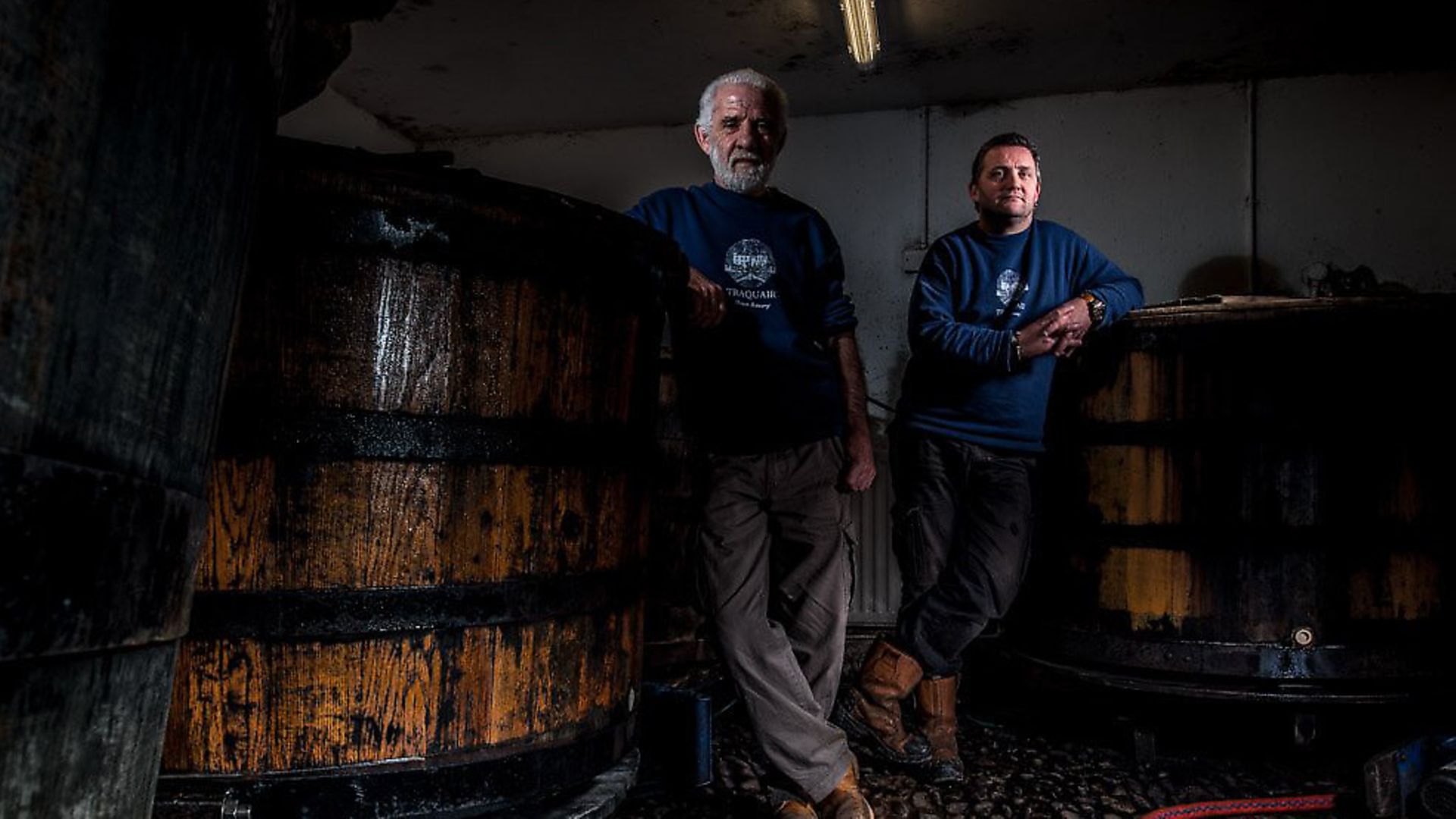
Full disclosure: I’ve never drunk a glass of beer before in my life. Until this summer in Scotland.
Before that, beer was the stuff in cans that my Dad and his cronies drank while watching the Chicago Cubs lose another baseball game.
It was the drink guys guzzled while drifting in canoes down the Great Lakes in the pursuit of grizzly bears. Beer smelled like hot summer days and the sound of sprinklers on boring suburban lawns.
It was the liquid that caused my first shock on arriving in Great Britain more than three decades ago: the sight of people yelling and screaming in the street with massive mugs in their hands.
Coming from ‘dry’ Illinois – no alcohol on Sundays – drink was always a dubious proposition. My husband, who loves his pint and loves pubs, too, has tried in vain to get me involved with his pleasure. But since my first pub experience was in what was then called ‘The People’s Republic of Islington’, where the pastime was darts, up until now I’ve demurred.
Then this past August at the excellent Beyond Borders festival, where I was a speaker, I got Enlightenment.
The festival is one of those small but perfectly formed assemblages of thinkers and artists that belie the behemoth of the Edinburgh Festival just a few miles away. It was there that I drank my first beer. Scottish beer.
The site of this miracle was Traquair House, a staunch Remain redoubt in the Scottish Borders. The manor is the oldest continuously inhabited dwelling in Scotland. It is exquisite and has a set of gates that will only open when the true Stuart monarch returns. The present laird, Catherine Maxwell Stuart, is the 21st Laird, and the Lady of Traquair.
Brewing is the tradition and the results are amazing. The head brewer of Traquair House Brewery, Brian ‘Gus’ Cornwall, explained what the tradition of beer and ale is about in these isles: ‘Brewing ales for nutrition is a practice at least as old as our recorded history, perhaps older. The Sumerians, Assyrians and Egyptians were brewers of grain ales. It is as old as bread; together they are the kernel of our culture and civilisation. We (humans) stopped following herds of goats around the plains, and started keeping our tents in the same places year-round, so that we could feed ourselves and our livestock with cultivated grains. Beer was a biological inevitability once we started cooking our grains within a wind’s breath of barley fields awash with wild yeasts, waiting for a sugary home in which to feed and multiply.
‘At Traquair, brewing would take place in the kitchens, until the late 17th and early 18th century, when the present brewery was built. A brewery was of great economic advantage, producing strong, heavy ales which would survive a winter in the cellars (brewing was very difficult during northern European winters until well into the 19th century, so a set-aside supply was important, and ales containing a lot of alcohol and malt sugar were almost ‘preserves’) providing a tasty and enjoyable supplement to the calorific intake of the family and their guests.
‘A by-product of ‘small beer’ (sugary malty liquid or a ‘porridge’ of malty grains) was also a valuable foodstuff; so valuable that according to Traquair archives, it formed part of the servants’ wages. And after the people had been fed and watered, the remainder of the spent grains were – and still are at Traquair – fed to livestock which in turn also fed people. A very efficient way to maximise the extraction of calories from an acre of barley.’
As I finished my beer, Gus explained that the pint itself only came into fashion in the 1960s. I think that Gus believes that no one knows how to really drink ale and beer now.
And if he doesn’t think that, I certainly do.
Warning: Illegal string offset 'link_id' in /mnt/storage/stage/www/wp-includes/bookmark.php on line 357
Notice: Trying to get property 'link_id' of non-object in /mnt/storage/stage/www/wp-includes/bookmark.php on line 37







